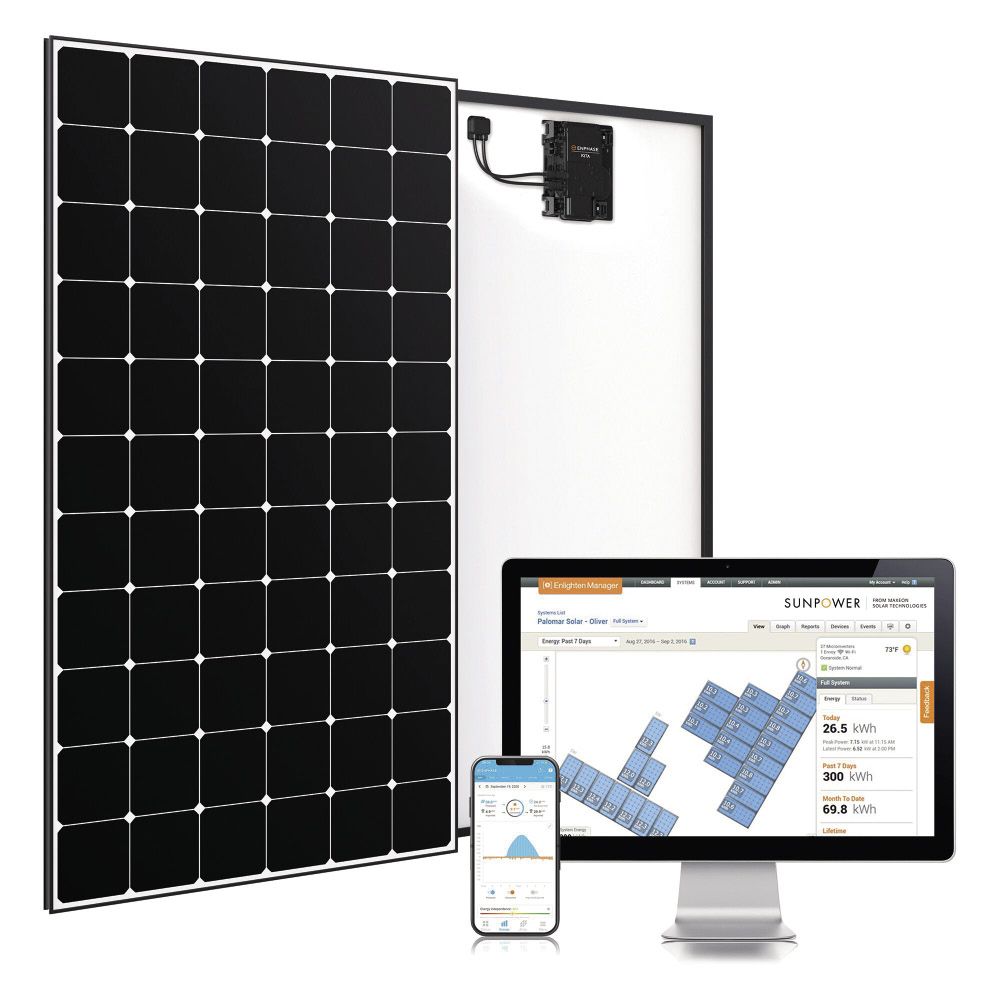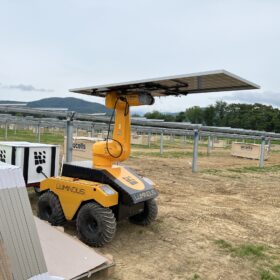From pv magazine 10/2021
You’re got quite some years of experience in PV – having led teams for SunPower in Australia and in Asia. The marketplace in 2021 looks pretty robust – prices for modules are going up and demand is strong. What’s your take on the health of the market this year?
Demand is increasing because the cost of energy generated from solar systems has gone past “socket parity,” let’s not even call it grid parity, noting of course that that varies by [market] segment. In mature markets like Japan and Australia, across both commercial and residential, the cost of energy from a rooftop solar system is lower than what you buy from the socket.
That is what is going to continue to increase demand. We are well under that [parity] threshold, such that these market shocks from polysilicon and shipping, even foreign exchange is all over the place, but I think market demand is such that it can withstand those shocks really well.
You’re talking about socket parity, that sounds like for the end user – the homeowner. As Maxeon is primarily a supplier of high-efficiency products, how does that leave you placed?
I think the way to think about the Maxeon portfolio is that we are designing products for each of the segments; residential, commercial, and utility. The residential product is focused on our back contact, very high-efficiency product. Those buyers are getting more and more savvy. There are scars that many people carry, especially in Australia, from 1 kW incentive schemes that resulted in products on the roof that really didn’t last very long. By contrast, our cell architecture with the back contact has a 40-year design life, which is actually in excess of our warranties.
In the commercial segment, we play with our P-Series product. That is a product that we produce out of our joint venture in China and is advantaged by using mono-PERC cells. We know poly costs go up and down. In the past we had the IBC product; we haven’t been able to move [in price] with so much of the market. But with the P-Series we take advantage of those price benefits when the market moves. And the P-Series is going into the utility market as well.
The conventional thinking is that SunPower is a back-contact, high-efficiency manufacturer – and that does remain our flagship product. But now we have another product that has slightly higher efficiency than the competitors, but it has a cell architecture that fits with our brand, which is longevity. The cells are put together without the metal contacts, which is the primary failure point in conventional PV, allowing us to offer an extended warranty.
So, while IBC is a very key part of our product portfolio going forward, the portfolio is quite diverse because we have products designed for each segment.
But some residential rooftop projects are also being supplied with the P-Series as well. I’ve certainly been seeing that in Australia.
I’ve talked about the portfolio across the segments, but we also have the portfolio going through the segment as well. For residential, for example, we have the AC-PV, with our back contact product, then AC-PV with our P-Series as well. There are also DC versions of those panels.
And the AC module is with Enphase microinverters, isn’t it?
That is a microinverter integrated PV module, with Enphase.
And the Maxeon Air module, which uses a polymer encapsulant rather than glass and an aluminium frame, has also been released. What is the status with the rollout?
We are soon to deploy some beta sites, but we haven’t quite yet launched into market. It is primarily targeted at the European market. If you think about the market segment we’re focused on, it is older commercial rooftops that were built a long time ago, well before there were even thoughts of PV. That means the roofs can’t handle the load of a conventional PV system. The Air is less than half the weight of a conventional system and it also removes the need for racking, so the system is non-penetrative. Our estimates are that there is a 4 GW unserved market in Western Europe – so that is really where we’re focusing.
The Air also assists with supply chain management as well. You can fit an enormous number of modules on a pallet because they don’t have a 40 mm frame.
Does the Air module come in at a higher cost? I assume the polymer encapsulation is higher in terms of cost.
I haven’t seen the cost roadmap [for the Air]. But it is more about how far below socket LCOE it is. There is a little bit more cost because of the specialised materials, but people are still going to be ahead because of their energy cost offset.
Going inside the module, I have read that the wafer the P-Series is using is the G12 [210 mm] wafer. Is that right?
We are up to G12 now. There are G1, or 6-inch cells that are in our smaller product, but we are transitioning to 210 mm cells [in the P-series] now. The big commercial rooftop projects and the utility projects are already at 210 mm now and we’ll have more products out of that wafer size coming to market imminently.
Could IBC ever be scaled to G12?
We are transitioning to larger wafer sizes on the back contact product, but no, we’re not doing as much of a jump as the 210 mm represents. But the majority of the back-contact product is on the 5-inch and M4 wafers right now.
On your technology roadmap there is the Max 6 and Max 7. What role does wafer size have on that roadmap?
There are slight differences in wafer, but the biggest difference is what we’re doing in terms of the production processes and, of course, efficiency. We stopped producing the Max 2 this year and that was to facilitate the transition to the Max 6. The Max 6 has a slightly higher efficiency and slightly bigger wafer.
What we’re also doing, and what we announced last quarter, we improved some of the process steps in the production of our Max 7 platform – which is coming further down the track. The Max 7 is really exciting because we are getting up to a cell efficiency of 26%. What we are also doing is that we have a different metallisation process that reduces the cost of the product. It’s the double threat, higher efficiency at lower cost.
Is that electroplating for the copper metallisation?
Currently our cells are copper backed. But we are evolving that to a different back contact process, which pulls out a couple of steps, making it cheaper.
This content is protected by copyright and may not be reused. If you want to cooperate with us and would like to reuse some of our content, please contact: editors@pv-magazine.com.









By submitting this form you agree to pv magazine using your data for the purposes of publishing your comment.
Your personal data will only be disclosed or otherwise transmitted to third parties for the purposes of spam filtering or if this is necessary for technical maintenance of the website. Any other transfer to third parties will not take place unless this is justified on the basis of applicable data protection regulations or if pv magazine is legally obliged to do so.
You may revoke this consent at any time with effect for the future, in which case your personal data will be deleted immediately. Otherwise, your data will be deleted if pv magazine has processed your request or the purpose of data storage is fulfilled.
Further information on data privacy can be found in our Data Protection Policy.